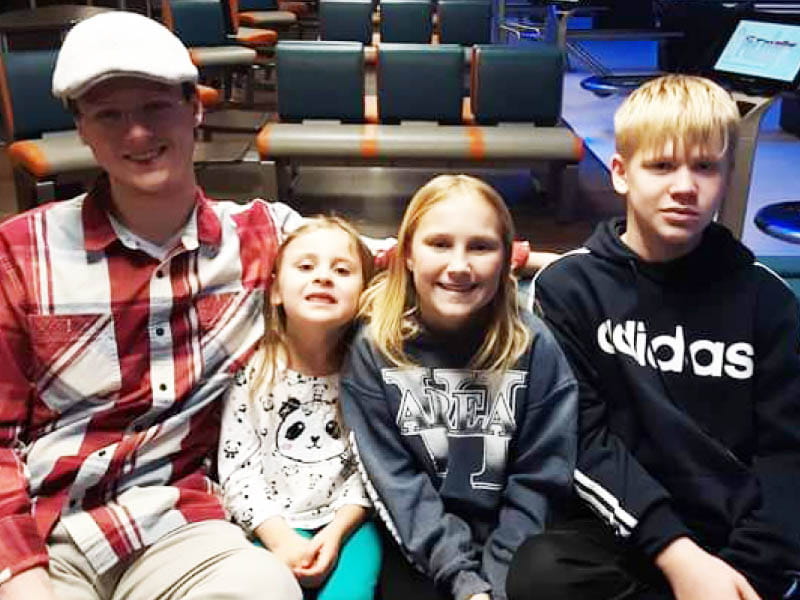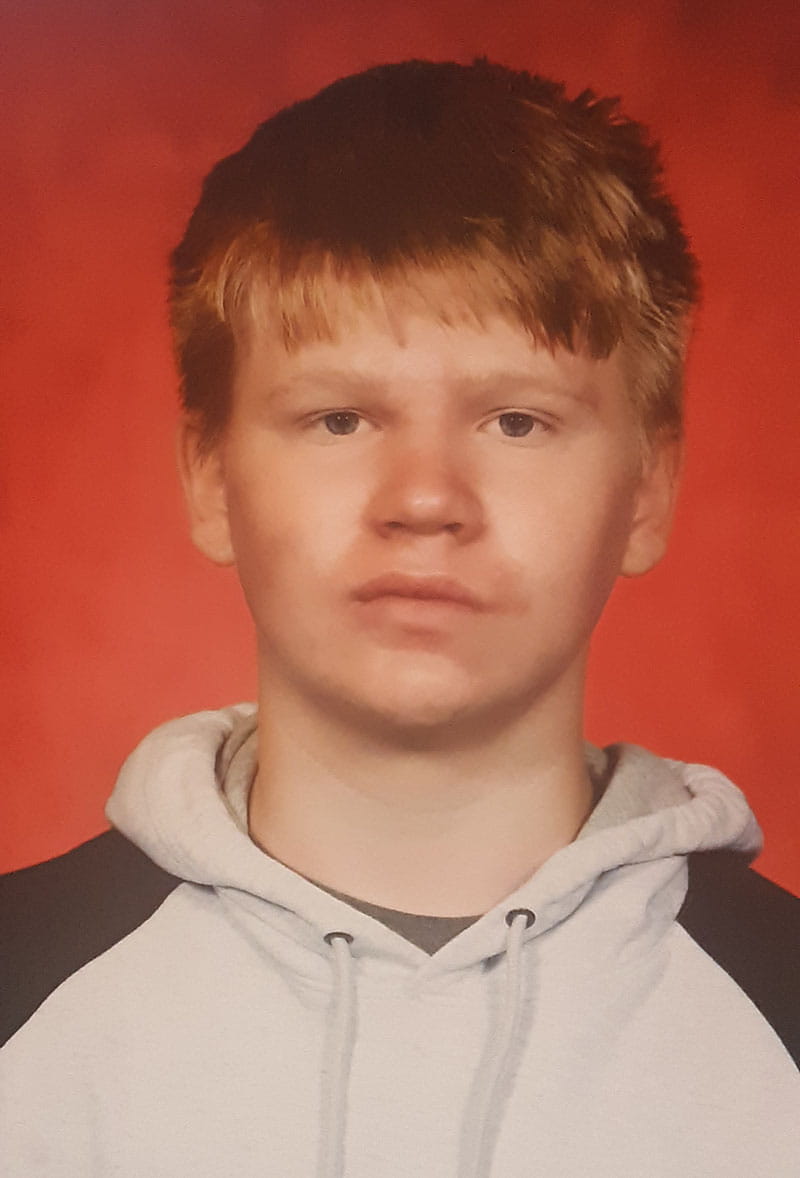12-year-old's stroke revealed an undiagnosed congenital condition
By Suzanne Marta, American Heart Association News

Ten days before his 13th birthday, Trenden Johnston spent the afternoon doing yardwork and bouncing on a trampoline. So when his mom left to pick up dinner, he went to his room to rest.
Suddenly, he felt sick. He vomited. The left side of his body seemed to go limp.
Scared, he called his mom, Amanda Blough. His words came out so garbled that she could hardly understand what he was saying. She thought he said something about not being able to feel his body.
As Amanda raced home, she called her 21-year-old son, Kody Blough. He was home with Trenden and their two younger sisters.
Kody went to Trenden's room. The door was locked. Trenden didn't come open it. So Kody broke down the door. He found Trenden unable to move.
When Amanda walked into the house, she found Kody dragging Trenden into the living room. Seeing Trenden's drooping face, Amanda recalled the strokes her grandmother experienced. She struggled to grasp that her not-yet-teenager could be having something she always associated with elderly people.
At a local hospital, doctors discovered Trenden was having a hemorrhagic stroke; he was bleeding inside his brain. He needed to be flown by helicopter to a better-equipped facility in Pittsburgh.
By the time Amanda made the hourlong drive, Trenden was already in surgery to relieve the pressure on his brain.
Trenden's stroke was caused by a rupture of a tangle of abnormal vessels connecting the arteries and veins in the brain. It's called a cerebral arteriovenous malformation, or cerebral AVM, and it usually forms before birth.
In about half of people with cerebral AVMs, a hemorrhagic stroke can be how they learn of its existence. That was the case with Trenden. But the AVM was too deep to repair immediately. They needed to stabilize him first.
Johnston spent the next month at the hospital relearning how to walk, swallow and move his left arm and hand. He spent the following month at a rehabilitation center.
By the time he returned home, he was still on the road to recovery. He could walk but struggled with anything that required using his left hand. When he was tired, his face drooped.
Trenden's ordeal began around the start of the COVID-19 pandemic. He arrived home in June. That month, and again in September, he underwent radiation treatment to shrink the AVM. By reducing the size, they closed the path for blood flow, thus reducing the risk of future strokes. Annual tests show that to be the case so far. If that holds through July 2023, the AVM will be considered resolved.
Trenden returned to school in fall 2020. He regained enough strength and agility to participate in some drills for wrestling. Then puberty hit. By January 2021, he'd grown three inches and gained nearly 30 pounds. His body changed too much and too fast for his brain.
"It was like starting from Day 1 all over again," Amanda said.
Trenden continues to do therapy three times a week to stimulate his muscles and build strength and agility. A new brace for his left foot helps him walk, but he's unable to bend his toes or foot; he needs help getting his shoes on. He can't lift weights heavier than 40 pounds to avoid complications with his AVM.

Unable to wrestle or play football, Trenden serves as a team manager. He also enjoys playing video games, using a modification that allows him to play solely with his right hand.
Trenden has gone through a range of emotions. One of his challenges is not knowing many other stroke survivors his age. While family and friends have been great support, they can't truly relate to his experience.
"Accepting that this happened to me and that there's no going back, that's the biggest challenge," he said.
Trenden – who turns 15 on April 16 – is now a freshman in high school. He hopes to regain enough dexterity to return to wrestling and to possibly run track.
Stories From the Heart chronicles the inspiring journeys of heart disease and stroke survivors, caregivers and advocates.
If you have questions or comments about this story, please email [email protected].




